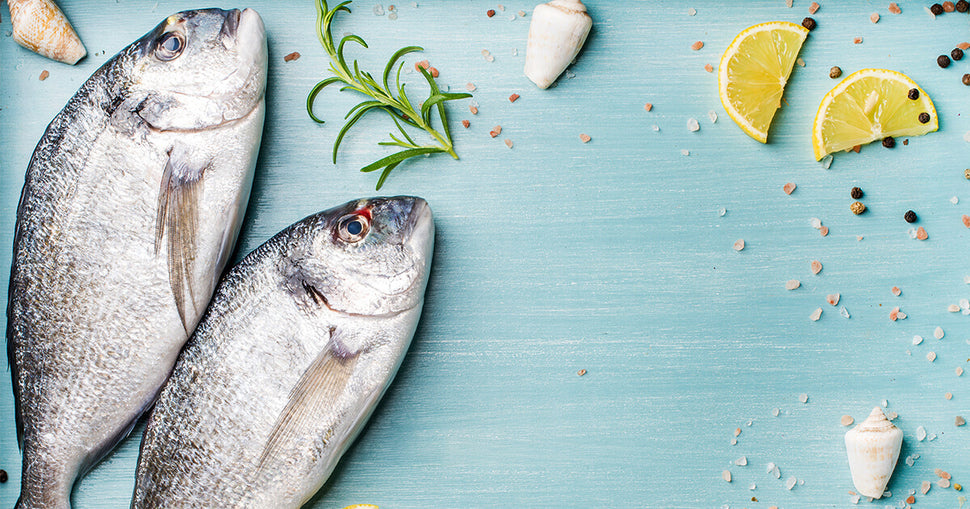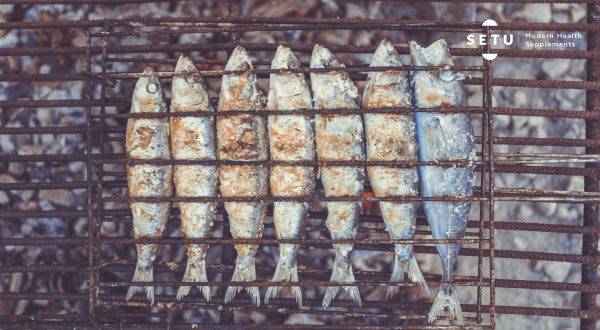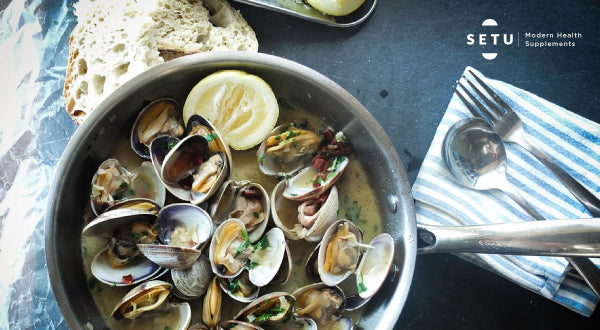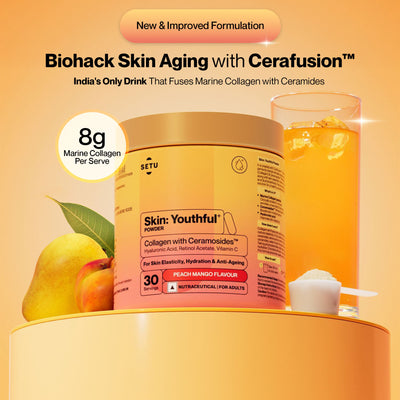How much cholesterol is in fish
30 Jun 2019
Apart from doctors, this suggestion usually comes from the elders of the family or people who follow healthy diets or are fitness freaks. So today, let’s understand how does fish contribute to cholesterol and also, if eating sea food increases the cholesterol level?

Apart from doctors, this suggestion usually comes from the elders of the family or people who follow healthy diets or are fitness freaks. So today, let’s understand how does fish contribute to cholesterol and also if eating seafood increases the cholesterol level?
But before that, let’s quickly understand cholesterol. Cholesterol 1 is a waxy substance found naturally in the blood. It is essential for maintaining good health and only becomes a problem when the level in the blood is too high. There are two main kinds of cholesterol 2, low-density lipoprotein (LDL), or “bad” cholesterol, and high-density lipoprotein (HDL), or “good” cholesterol. LDL slowly builds in the arteries, making them narrower, which increases the risk of coronary heart diseases. Whereas, HDL helps to remove excess cholesterol from the bloodstream and returns it to the liver, where it is broken down and passed out of the body. Hence, for good health, it is recommended to have food with lower or HDL cholesterol.

So, coming back to the fish, it rules the list of foods that are both healthy and right. The American Heart Association 3 recommends consuming fish at least twice per week for better heart health. The reason, when compared with other meats, fish is relatively low in cholesterol. Though Shellfish 4 that refers to anything from clams, oysters, lobster, and shrimp has a high-cholesterol, still this food may be worked into a healthy diet. The cholesterol content of shrimp, for instance, has high dietary cholesterol at 147 milligrams per 100 grams as compared to sea scallops at 27 milligrams per 100 grams. Shellfish are also lower in saturated and trans fats than other meats and are a good source of healthy polyunsaturated fats. Some shellfish also contain significant amounts of other non-cholesterol sterols that can decrease its absorption.
While all fish contain some cholesterol, but its high omega-3 fatty acids 5 content makes it an ideal protein for lowering and controlling high cholesterol levels. It also helps in increasing HDL levels. Fish are also loaded with essential nutrients, vitamins, minerals, and essential fish oils which help keep cholesterol level in check. Thus, the five good reasons to eat fish to lower cholesterol are:
- Maintains healthy cholesterol levels
- Protects against heart attacks & stroke
- Lowers blood pressure
- Reduces risk of diabetes
- Lowers triglyceride levels
The Mayo Clinic recommends these 7 types of fish you should eat 6 if you have high cholesterol. These fish contain high levels of omega-3 fatty acids, which thereby helps in reducing blood pressure and the danger of blood clots-

- Halibut
- Mackerel
- Lake trout
- Herring
- Sardines
- Albacore
- Salmon
A typical serving size 7 of fish can range from 3 to 6 oz, depending on the type of fish and its preparation. The American Heart Association considers 3.5 oz. of cooked fish, or about 3/4 cup, to be a single serving. The American Dietetic Association food exchange lists, calculate using 1 oz. servings of fish. To estimate a single serving without weighing or measuring it, 3 oz of fish is generally about the size of a woman’s palm.
Since the human body is incapable of producing Omega 3 fatty acids, it is essential to add fish or seafood to your diet as it is the best source of Omega-3 fatty acids. However, to keep this protein healthy avoid adding any rich sauces or toppings, butter, and cream-based dips. Instead, opt for lemon juice, herbs, and pepper. Always bake, broil or grill your seafood and avoid frying or sautéing it.
But, if you are a vegetarian or simply do not consume fish there are plenty of other Omega 3 fatty acids rich food options you could consume, such as flaxseeds, chia seeds, walnuts, soybeans, etc.
Skin: Renew - Glutathione - Orange Flavour
- ₹1,996
- ₹1,996
-
₹2,600 - ( 23% OFF)
Categories
- Choosing a selection results in a full page refresh.
- Press the space key then arrow keys to make a selection.
this is the sidecart










